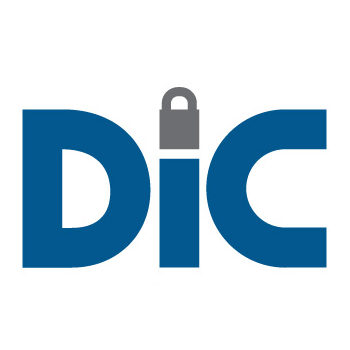Those cheques will not be paid or charged against the account because the action by the Central Bank to suspend the operations of the institutions will cause all accounts to be frozen at the date of suspension. Such cheques will be returned and usually will be marked “drawee bank closed”, or “refer to drawer”. This should not therefore reflect on the credit standing of the institution’s depositor. However, it is the depositor’s responsibility to make funds available to creditors who received cheques that were returned and did not clear through the depositor’s account because of the suspension of the institution.
Frequently Asked Questions
Did You Know?
- Misconception: Depositors of a failed member institution would receive payment immediately upon closure of the failed member. - Fact: The legislation governing the operations of the Deposit Insurance system provides for payout to commence within 3 months of the closure of a member institution.




